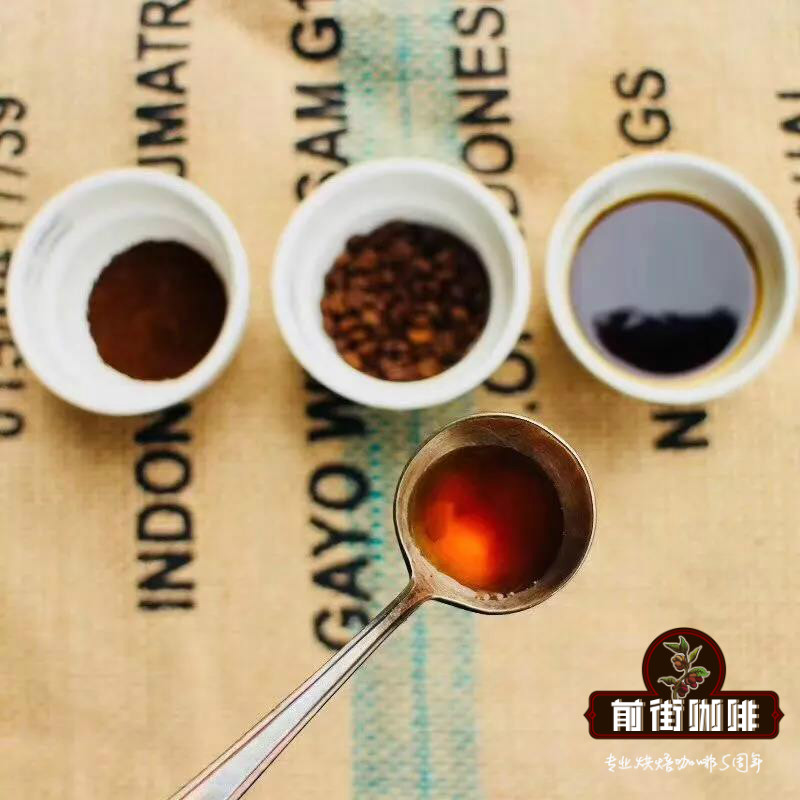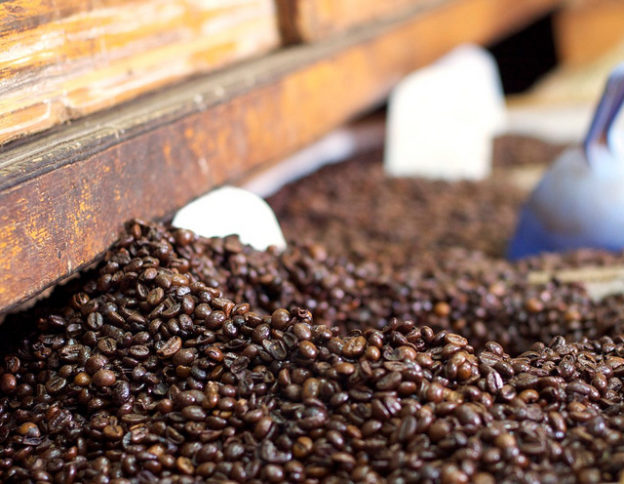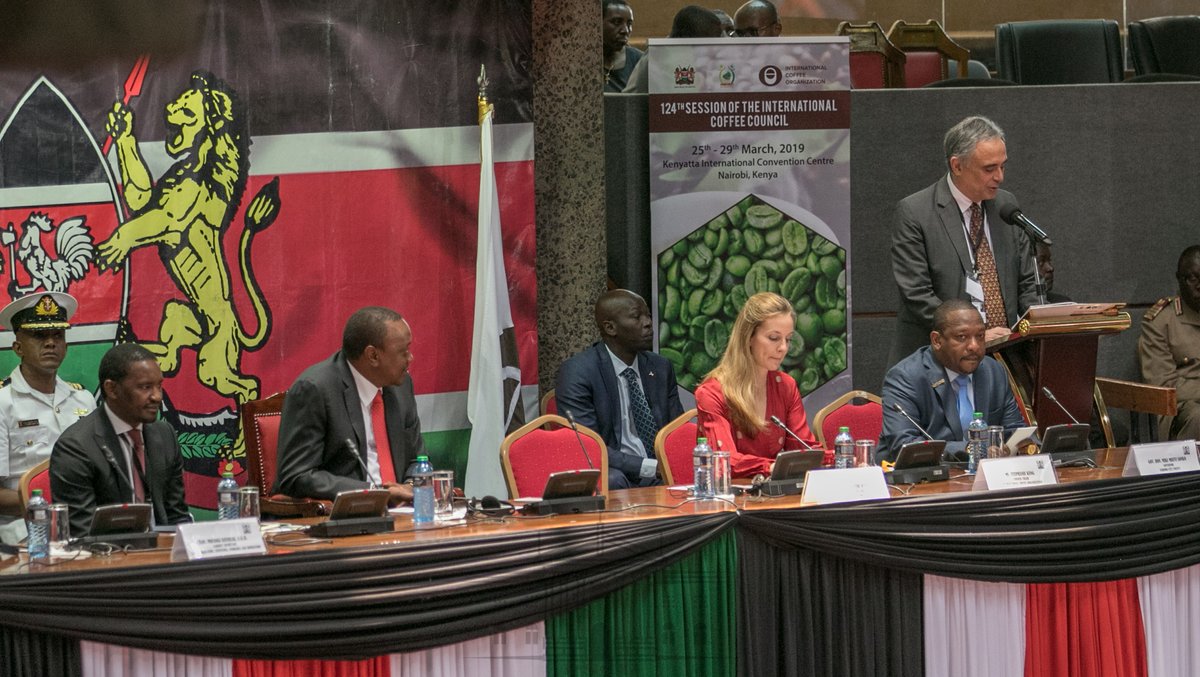The demand for low-cost coffee is high, and the export volume of Robbins Tara beans from Vietnam will increase greatly.

Professional coffee knowledge exchange More coffee bean information Please pay attention to coffee workshop (Weixin Official Accounts cafe_style)
The coffee bean varieties we generally recognize and are the most common are Arabica and Robusta/Canephora, which are known for their relative ease of growth and resistance to pests and are in stable supply, but are more pungent and bitter than Arabica beans, which are sweeter and softer in taste. However, with a surge in global demand for low-cost coffee beans and climate change affecting Arabica coffee beans, coffee market share in Southeast Asia is expected to rise significantly.

Vietnam, for example, the world's second-largest exporter of coffee beans, mainly produces low-priced Robusta coffee beans, which now account for 25% of Japan's coffee imports, approaching 27% of Arabica producing Brazil. Nikkei Asian Review analysis pointed out that Robusta is mainly used to make instant coffee in Japan, especially suitable for single or small family market, and this market has been rising rapidly recently.
Now Robusta is also breaking into the general home coffee market, as suppliers mix Robusta beans with Arabica beans and sell them at low prices. In addition, Vietnam and Robusta coffee beans have an advantage in the Japanese market because the transportation cost of Vietnam is only about half of that of Latin American Arabica coffee beans. Among Southeast Asian coffee producers, Vietnam also has a larger production base and more stable supply than Indonesia.
Climate change is also a factor, and as temperatures rise and drought intensifies, fine coffee beans will become harder to grow. Some estimates predict that about half of the coffee belt is where high-quality arabica beans are grown, a 25-degree stretch north and south of the equator that could be climate-damaged by 2050.
Vietnam is now competing for coffee bean exports, hoping to expand market share by increasing the yield of beans per tree. According to the U.S. Department of Agriculture, Vietnam's coffee production increased by 4% year-on-year in fiscal year 2018. Vietnamese coffee roasting company TNI is building a new processing plant for the King Coffee brand. Domestic demand is also growing, coffee shops are now the favorite environment for young people, and three-in-one blends of instant coffee, sugar and milk powder are most popular with workers.
Nestle has long been interested in Vietnam's coffee bean production capacity, has long started buying coffee beans from Vietnamese growers, then processing them in local facilities, sending processed beans to Nestle Group factories around the world, and now not only to expand investment in plant equipment, but also to help local coffee farmers improve bean quality and yield.
Due to the growing number of coffee drinkers in emerging and developing countries, the demand for Robusta coffee varieties used to produce low-cost instant coffee is particularly strong, so not only Vietnam covets the coffee bean market, Laos also hopes to make coffee beans one of its main export products, aiming to expand the total area of coffee farms by 70% to 130,000 hectares by 2025. Yunnan Province is an area famous for tea, and coffee beans have also been grown in recent years.
As Brazilian coffee export growth slows, Asian producers are likely to expand their share of the global coffee bean market from the current 30%. Coffee distributors in Japan believe Vietnam, the world's No. 1 supplier of Robusta beans, will be the biggest beneficiary as coffee's high-end and low-end segments become increasingly polarized.
Important Notice :
前街咖啡 FrontStreet Coffee has moved to new addredd:
FrontStreet Coffee Address: 315,Donghua East Road,GuangZhou
Tel:020 38364473
- Prev

Kenya announces coffee industry reform measures aimed at increasing production and increasing farmers' income
Professional coffee knowledge exchange more coffee bean information follow the coffee workshop (Wechat official account cafe_style) yesterday, Kenyan President Uhuru Kenyatta announced measures aimed at reforming the country's coffee industry. At the 124th International Coffee Council (ICO) meeting in Nairobi, Kenya, Kenyatta said the reforms are aimed at increasing coffee production.
- Next

Reed robot coffee vending machine moves forward to Shanghai Food and Beverage Expo
Professional coffee knowledge exchange more coffee bean information please follow the coffee workshop (Wechat official account cafe_style) Industrial Robot Taiwan innovation leading company-Reed Automation Company for the industry research and development of a variety of robot applications and production line automation upgrade, the recent "second generation intelligent robot coffee vending machine" will be on display at the Shanghai International Wine Exhibition and Food and Beverage Expo from April 1 to 4.
Related
- Why are the coffee in some coffee shops not enough after being frozen? What should I make up for my American latte cappuccino coffee after being frozen?
- How much water does it take to steam coffee by hand? Why is the coffee brewing and steaming time 30 seconds? What is the purpose of steaming coffee?
- The suspected drink contains too much caffeine! Overlord Tea Lady responds urgently!
- Starbucks rejects antique paper coupons?! Netizen: Missed marketing opportunities!
- What ratio of water temperature and ground does the smart cup method use to press coffee? The difference between brewed coffee and filtered coffee?
- What is the standard process for the purpose of coffee cup testing? What is the difference between hand-brewed coffee and cup testing?
- How to use hand-brewed coffee paragon small golden balls? How does cold coffee lock in the aroma of coffee?
- Is American coffee black? What is the difference between American coffee and drip coffee?
- Unexpected! Well-known tea beverage brand Lele Tea will withdraw from the Zhengzhou market!
- Starbucks enters the fashion and beauty industry?! Netizen: Give me an ice American eye cream

